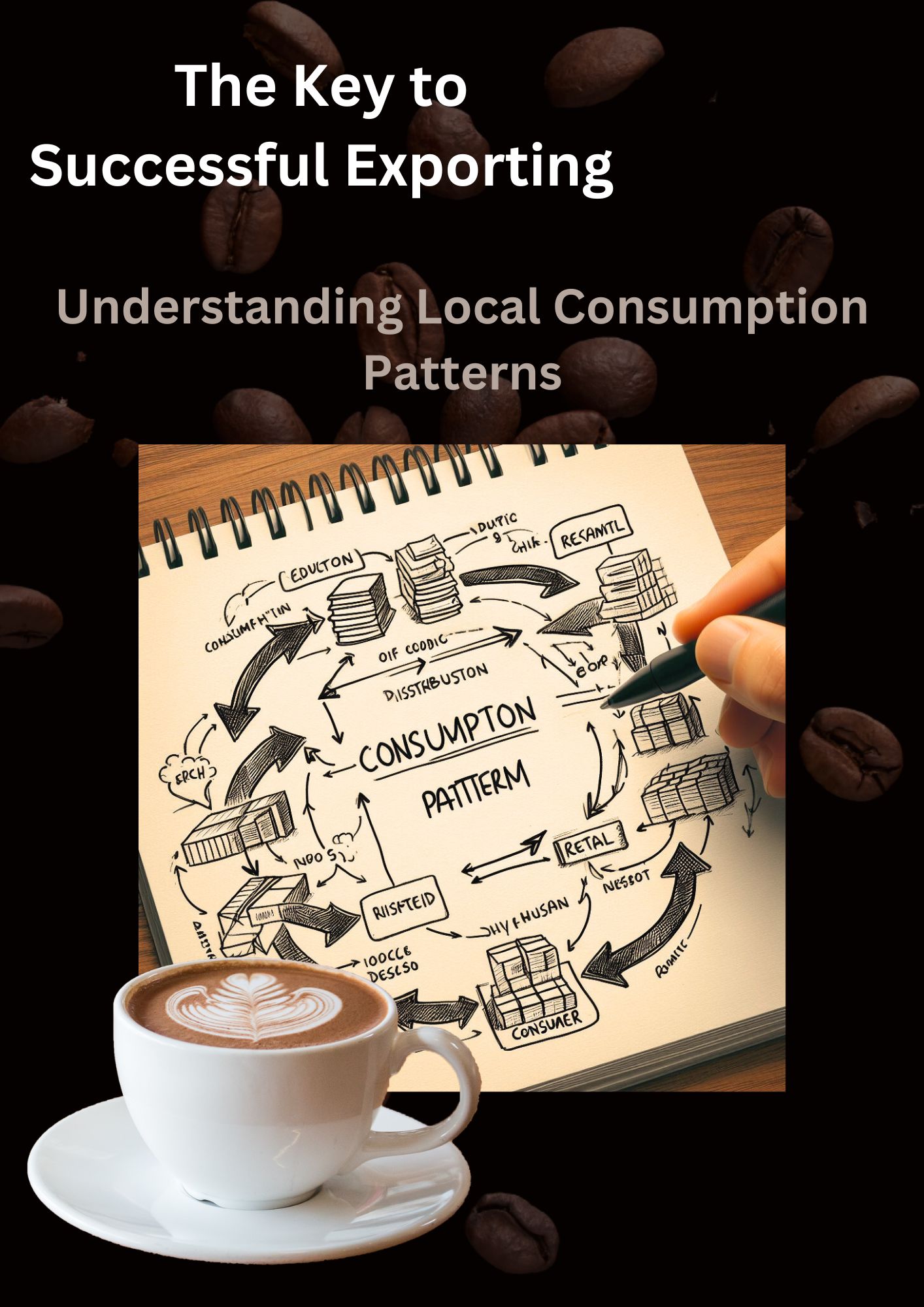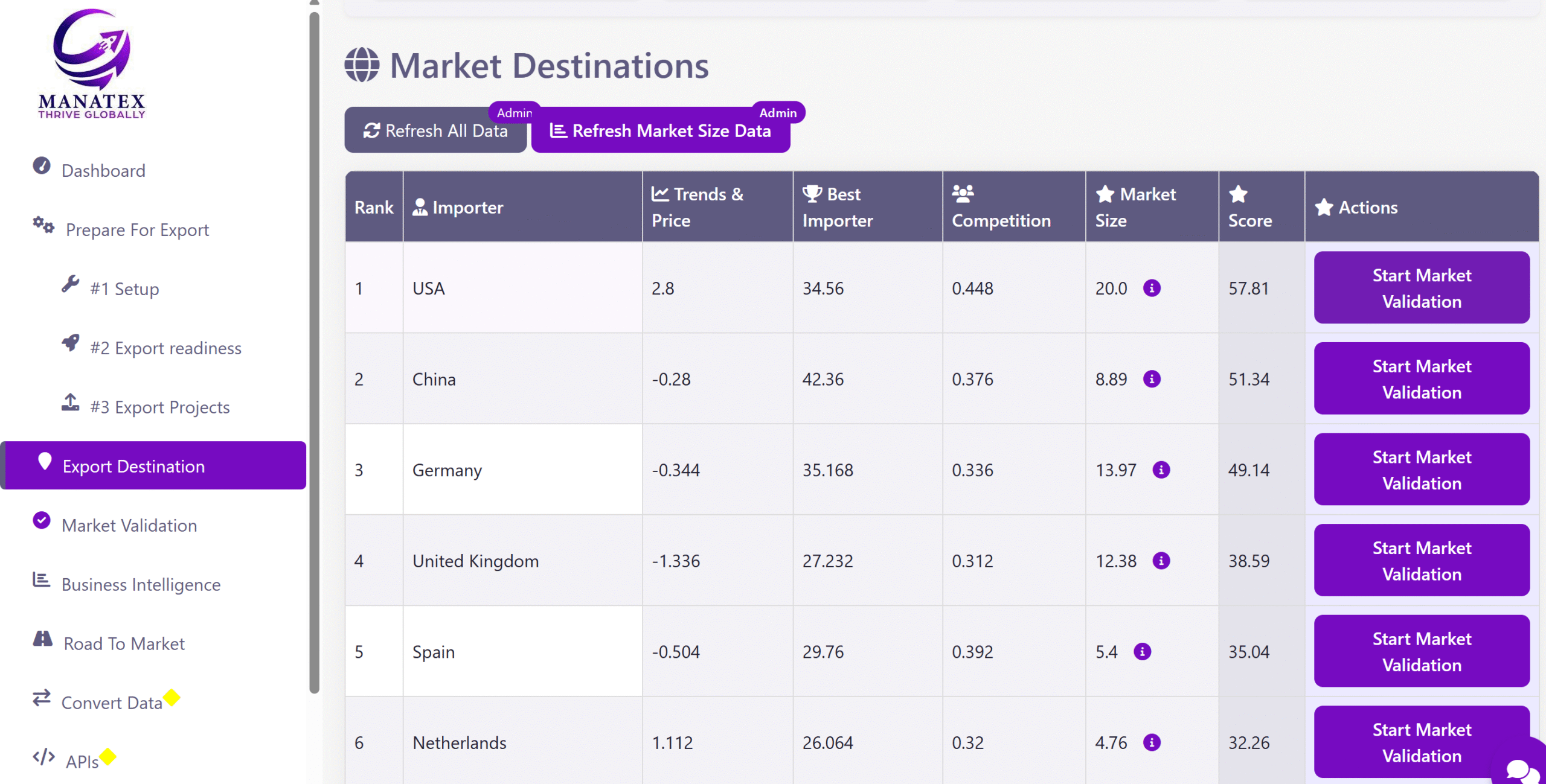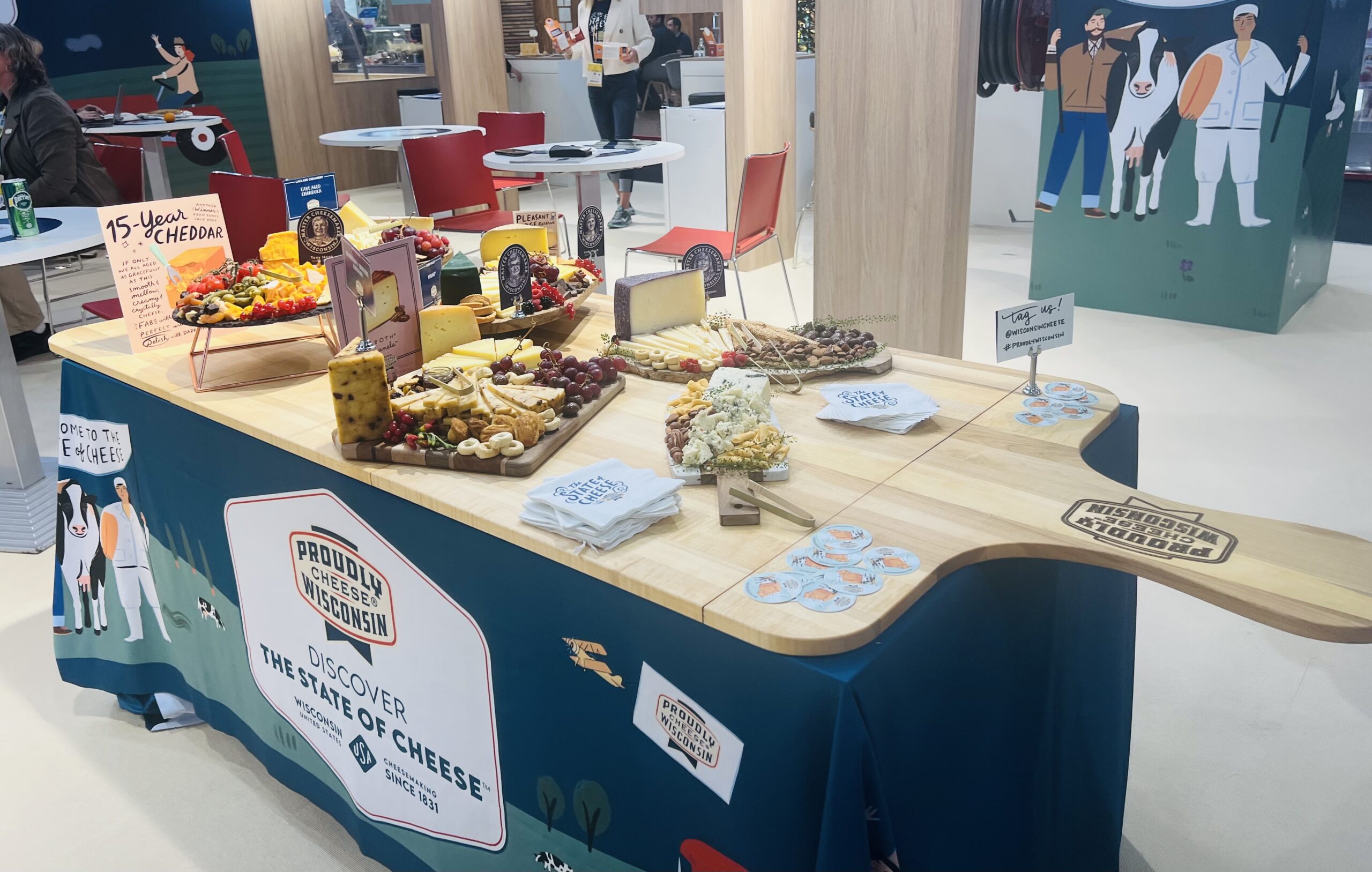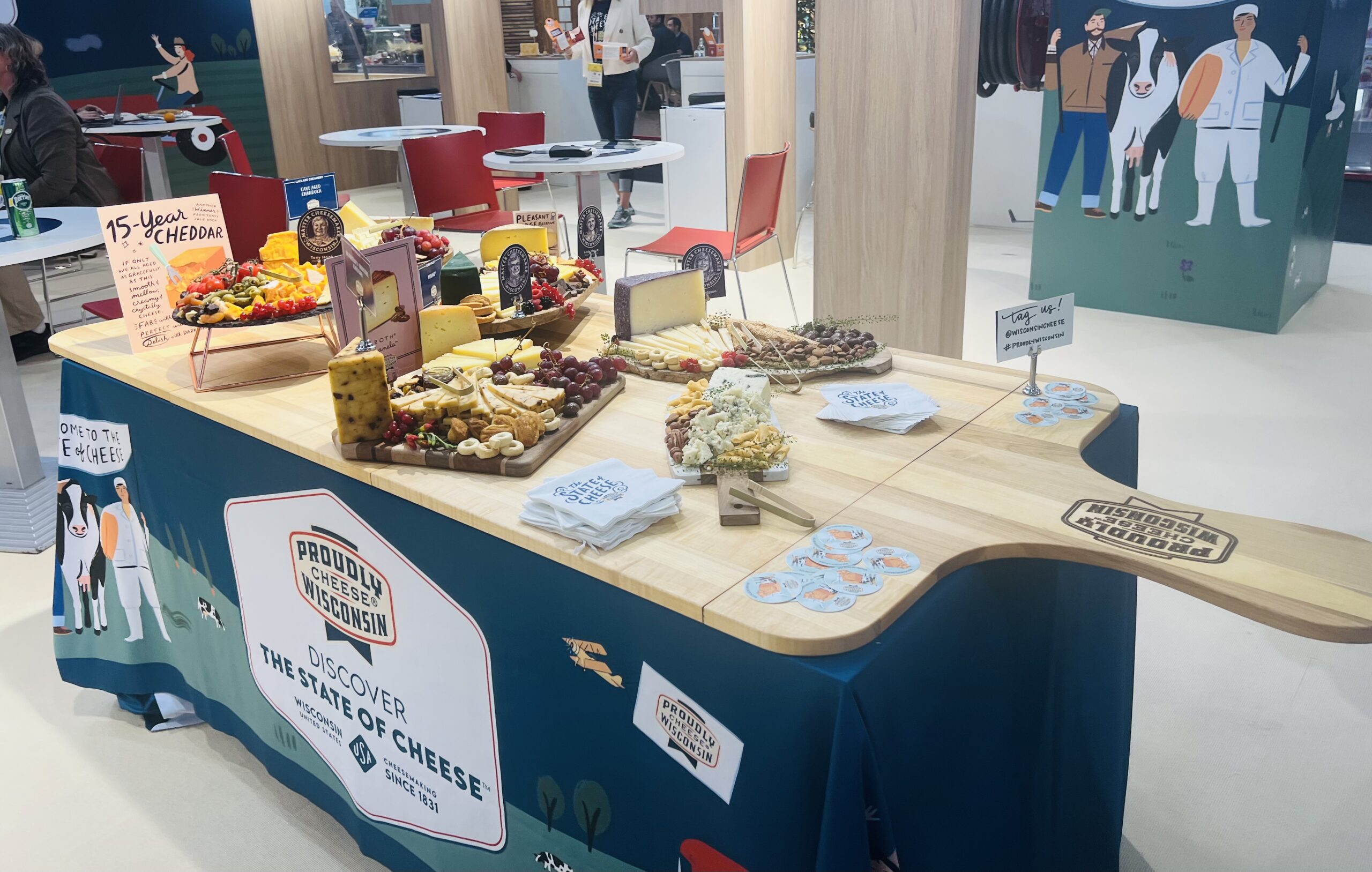In the dynamic landscape of global trade, exporters face a myriad of challenges and opportunities. Among the most critical factors influencing success is the ability to adapt to local consumption patterns and preferences. This principle holds true across various consumer goods industries, where understanding the nuances of different markets is essential for achieving sustainable growth.
For instance, Starbucks’ struggle to gain a foothold in Australia underscores the importance of recognizing and catering to local coffee culture. Despite its global prominence, the company’s standardized approach failed to resonate with Australians, who have cultivated a unique coffee-drinking tradition influenced by Italian and Greek immigrants.
Similarly, Nestle’s experience in Japan highlights the necessity of adapting to local preferences. The company’s investment in educating Japanese consumers about coffee consumption habits reflects the importance of tailoring products and marketing strategies to align with specific market dynamics.
These examples serve as valuable lessons for all consumer goods exporters. By prioritizing an understanding of local consumption patterns, exporters can enhance their competitiveness and mitigate the risks associated with entering new markets. Rather than adopting a one-size-fits-all approach, successful exporters invest in market research and cultural sensitivity to ensure their products resonate with consumers on a local level.
In the case of coffee, this means recognizing the diversity of coffee cultures worldwide and adapting product offerings and marketing strategies accordingly. Whether it’s embracing traditional brewing methods, introducing innovative coffee-based products, or tapping into emerging trends, exporters who embrace the rich tapestry of global coffee consumption are better positioned to capitalize on the vast opportunities in the market.
In conclusion, understanding local consumption patterns is paramount for exporters across all consumer goods industries. By learning from the successes and failures of companies like Starbucks and Nestle in the coffee trade, exporters can unlock new avenues for growth and forge lasting connections with consumers around the world.
Read here an article on how to chose your export market: https://manatex.co/how-to-choose-the-right-export-market-for-international-expansion/





